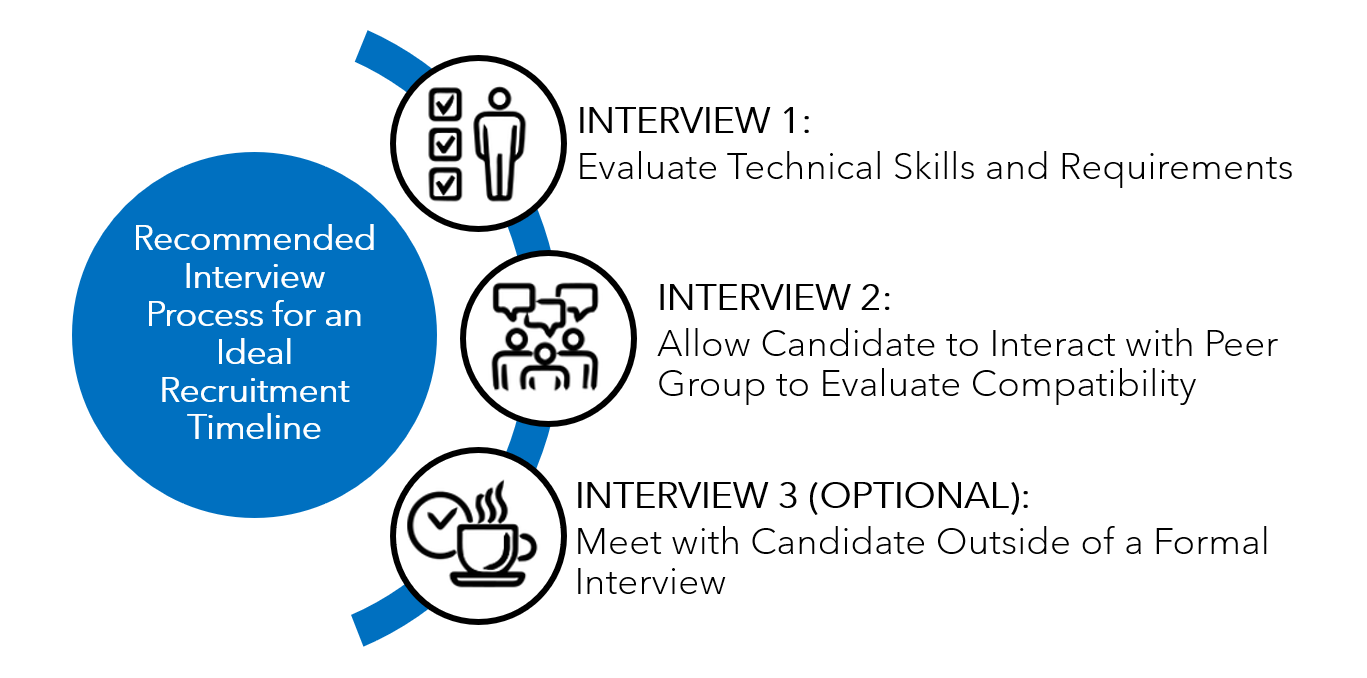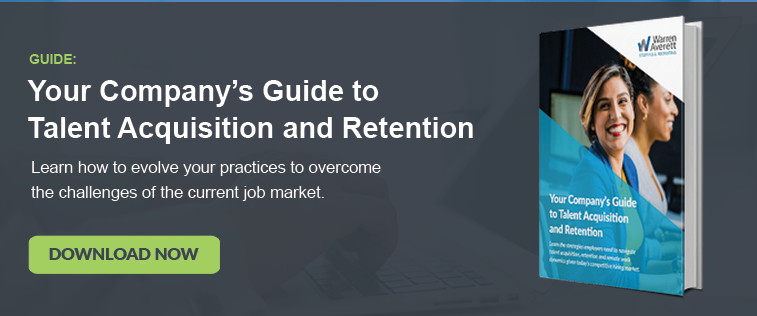Is Your Hiring Process Too Slow? (3 Ways to Improve Your Business’s Recruitment Timeline to Become More Competitive)

The frantic need for talent in 2020 led many employers to prioritize a candidate’s availability above their capabilities. Companies needed to fill roles fast. The job market at the time, marked by a historic surge in quits and heightened employee leverage, forced employers to hastily fill over 56 million job openings in just 14 months.
But now, in 2024, many of these same employers are burnt by recent hiring challenges, like failed attempts at remote work, candidate “ghosting” and poor cultural fits. Today, most employers are pulling back on recruiting and adopting a more cautious—and slower—hiring approach.
The post-pandemic job market poses the question: Can employers be excessively prudent now that the labor market has stabilized and inflation has subsided?
While companies do have the luxury now of being more cautious in their hiring, it remains true that companies must act quickly to compete for top talent. An expeditious hiring process is still just as crucial to lure candidates away from current positions and mitigate doubts arising from delays.
Many companies are struggling to close the deal with potential job candidates—not because they don’t offer good compensation, benefits or culture—but because of their slow recruitment timeline.
Here are three ways to improve your recruitment timeline so you can seal successful hires.

1. Shorten your window for collecting and reviewing applications
Business leaders may be tempted to let applications collect over a span of weeks or even months so that they can evaluate the entire pool of applicants at once—and to allow as much time as possible to see if any candidate comes along that’s more qualified than the last.
The trouble with this approach is that, if a candidate is showing interest in a role at your company, it’s extremely likely that he or she is also applying for and showing interest in roles at other companies simultaneously.
It’s also unlikely that the candidate will wait around to hear from you if you don’t respond to his or her initial inquiry or application soon.
If you haven’t responded favorably to a candidate’s application submission in a short time frame, another company with a shorter recruitment timeline probably has, and candidates are more likely to move on to those other options. So, we recommend that companies shorten their application windows and communicate quickly with applicants.
2. Limit the Number of Interviews You Conduct and Clearly Communicate Your Recruitment Timeline
Set expectations with candidates at the very beginning about how many interviews you will conduct and the recruitment timeline you’re looking to adhere to.
We recommend that our clients conduct two, but no more than three, interviews with any candidate and to complete them all within a 14-day period for each applicant.
- In the first interview, investigate, as a supervisor or manager, whether a candidate is technically capable of doing the job. Use this time to determine if a candidate has the skills and experience that is required for the role you are hiring for.
- Use the second interview to connect the candidate with the team or peer group he or she would be a part of, if hired, to see if the candidate would be a cohesive and collaborative member of the larger team. Allowing them to interact with the group can help to determine if candidates will work well in the culture your company has already established.
Often, we see that these two interviews will tell companies what they need to know about a candidate without elongating the recruitment timeline.
- The third (and optional) interview we recommend is to invite a candidate to connect outside of the traditional interview or office setting, like inviting the candidate to have lunch or coffee, to get to know him or her in a more personal and casual way and to see if this person’s perspectives and personality will be a good addition to your team.

If your company has a strong reason for an extended interview process, it’s extremely important to disclose that to your candidates and set expectations up front.
3. Provide immediate feedback after interviews
After you’ve met with and interviewed a candidate, at any stage in your recruitment timeline, it’s important to update the candidate on his or her status in your recruiting process immediately.
Withholding feedback after an interview brews uncertainty with candidates, which creates friction in your process and may open them up to being recruited elsewhere.
Even if you have a successful interview with a candidate and plan to extend an offer, without communicating that to your potential employee, they may move on to their next option simply because they aren’t sure where they stand with you.
As recruiters, it isn’t uncommon that we hear from candidates who, while one opportunity may be their favorite, are considering moving on from it because other companies are moving faster and are offering more clarity.
Leaving candidates out in the cold for days or weeks may weaken their perception of how your company interacts with your current employees, and it allows more time for your competitors to act to recruit your candidates, even if you’re about to make them an offer.
Learn More about How Your Recruitment Timeline Impacts Your Efforts or Connect with a Recruiter for Your Business
Employers who have been traumatized by the 2020 job market must avoid overcorrection in the hiring practices of today.
Improving your recruitment timeline can go a long way in strengthening your organization’s overall staffing and recruiting initiatives. By moving quickly, communicating clearly and setting expectations immediately, companies can improve their efforts to bring top talent onto their teams.
If your business needs assistance with staffing and recruiting, connect with a Warren Averett advisor who can help.
This article was originally published on November 5, 2021 and most recently updated on January 19, 2024.

